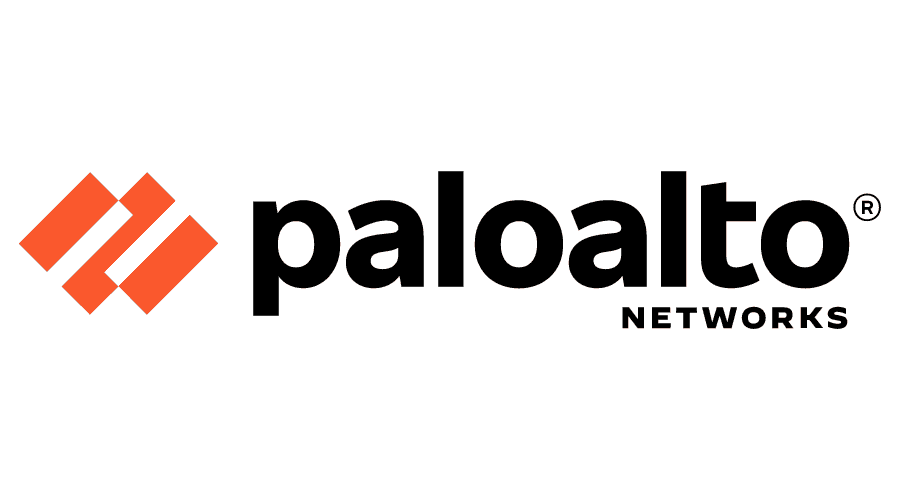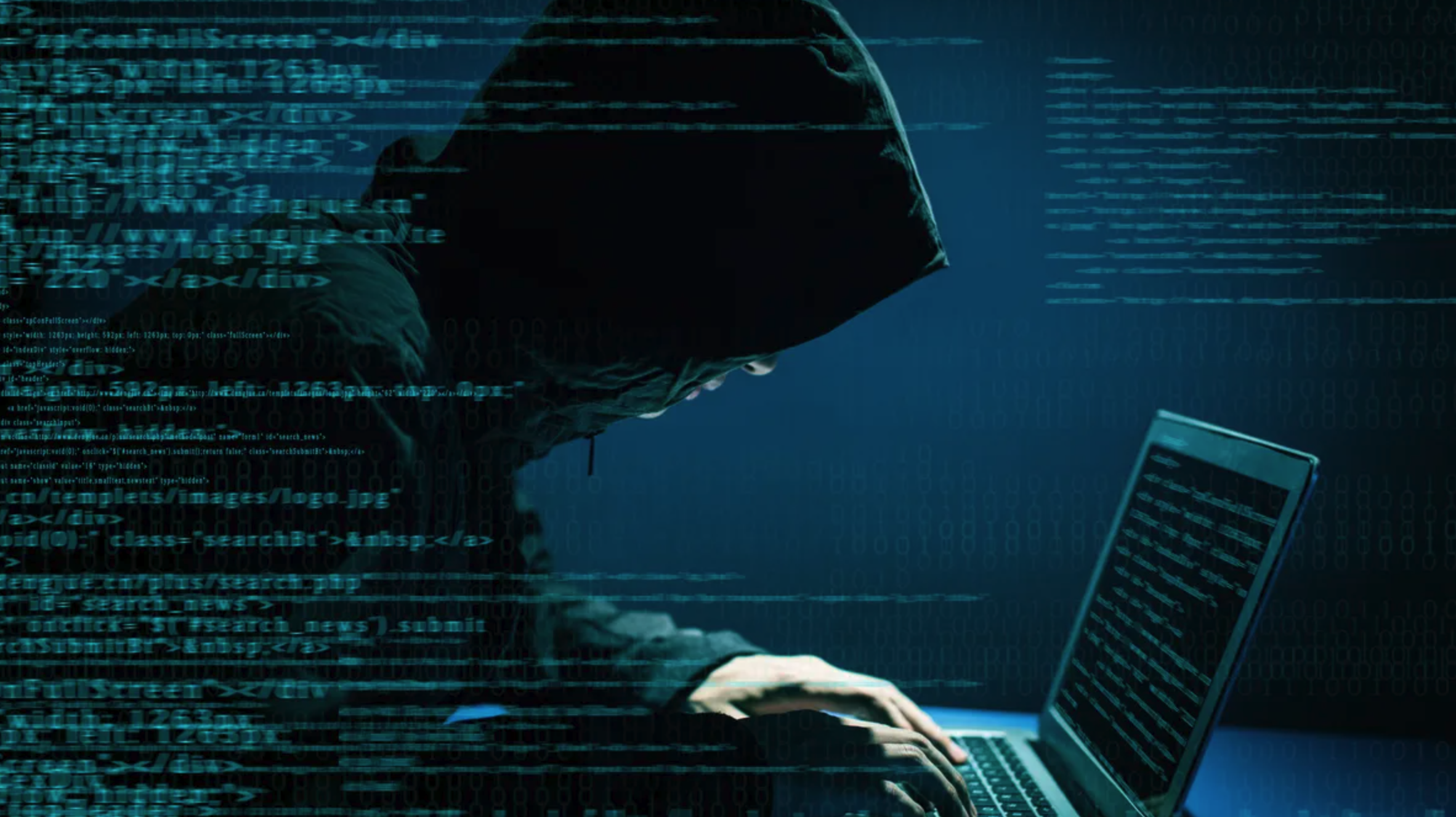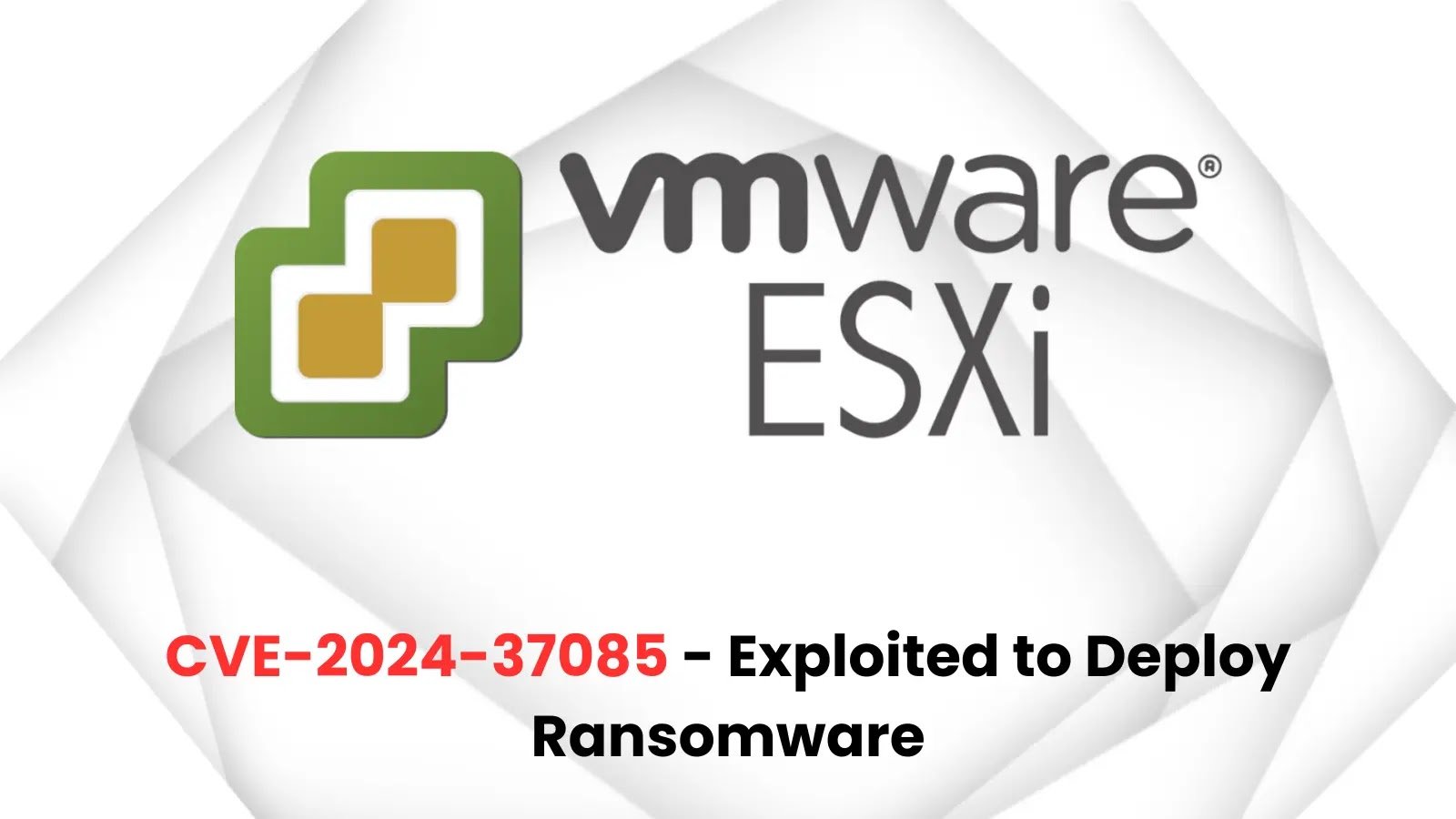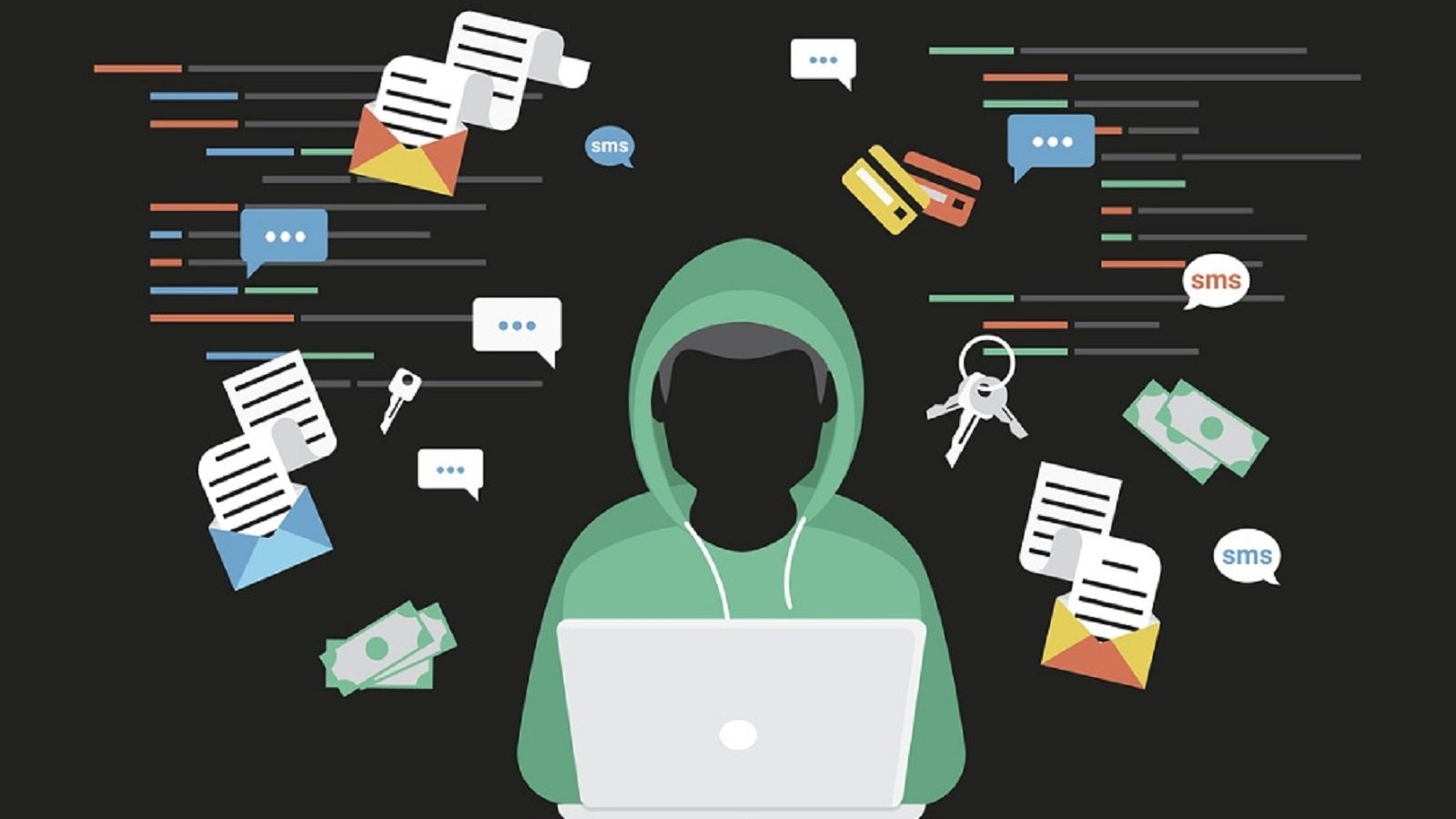Here is a list of the key vulnerabilities (CVEs) addressed by Palo Alto Networks in their recent security update, along with brief descriptions and recommended remediation actions:
1. CVE-2024-8686 (PAN-OS Command Injection)
-
Description: A high-severity command injection vulnerability in PAN-OS that allows an authenticated attacker with administrative privileges to bypass restrictions and run arbitrary commands as root.
-
Remediation: Update PAN-OS to the latest version. Limit administrative access and enforce strong authentication policies to minimize the risk of exploitation.
2. CVE-2024-XXXX (Prisma Access Browser Vulnerabilities)
-
Description: Multiple high-severity vulnerabilities in Prisma Access Browser, based on the Chromium engine, some of which have been exploited in the wild. These vulnerabilities could allow for remote code execution or other critical attacks.
-
Remediation: Update to the latest version of Prisma Access Browser, which includes patches for these vulnerabilities.
3. CVE-2024-XXXX (GlobalProtect Information Exposure)
-
Description: A medium-severity vulnerability in PAN-OS affecting GlobalProtect. This flaw exposes GlobalProtect portal uninstall passwords and disconnect passcodes in cleartext, allowing end-users to bypass restrictions.
-
Remediation: Update PAN-OS to the latest version and enforce stronger policies for password management and access controls.
4. CVE-2024-XXXX (PAN-OS File Read Vulnerability)
-
Description: A vulnerability that allows authenticated administrators with CLI access to read arbitrary files on the firewall, which could lead to sensitive information disclosure.
-
Remediation: Apply the latest patches to PAN-OS and restrict administrative access to trusted personnel only.
5. CVE-2024-XXXX (Cortex XDR Agent Vulnerability)
-
Description: A vulnerability in the Cortex XDR Agent for Windows that allows attackers with admin privileges to disable the security agent. This could be leveraged by malware to bypass endpoint defenses.
-
Remediation: Ensure that the latest version of Cortex XDR is installed and enforce least-privilege access for administrators to prevent unauthorized changes to security agents.
General Remediation Actions:
-
Patch Immediately: Ensure that all impacted products (PAN-OS, Prisma Access Browser, Cortex XDR, etc.) are updated to the latest versions as soon as possible.
-
Limit Administrative Access: Minimize the number of users with administrative privileges and implement strong access controls and multi-factor authentication (MFA).
-
Monitor for Exploits: Continue to monitor the environment for signs of exploitation, even if Palo Alto Networks has stated that no active exploitation has been detected.
By implementing these patches and following security best practices, organizations can reduce their exposure to these vulnerabilities and enhance their overall security posture.
For detailed advisory information and additional patches, refer to Palo Alto Networks’ security advisories.



















